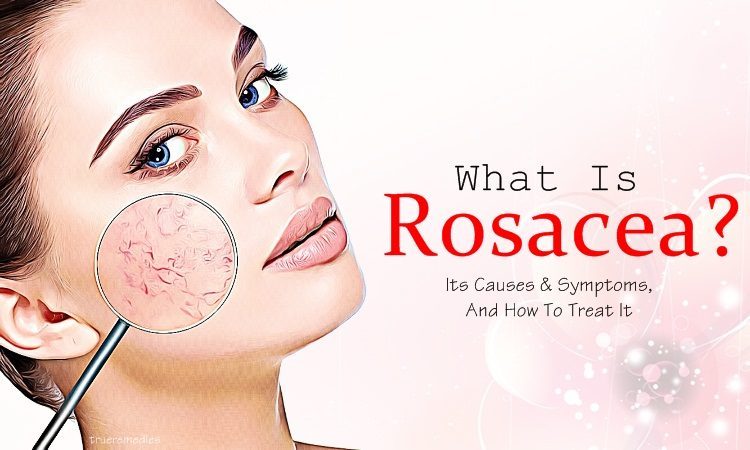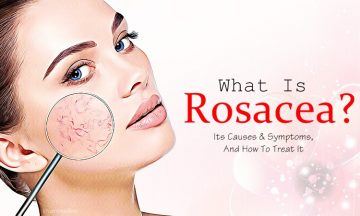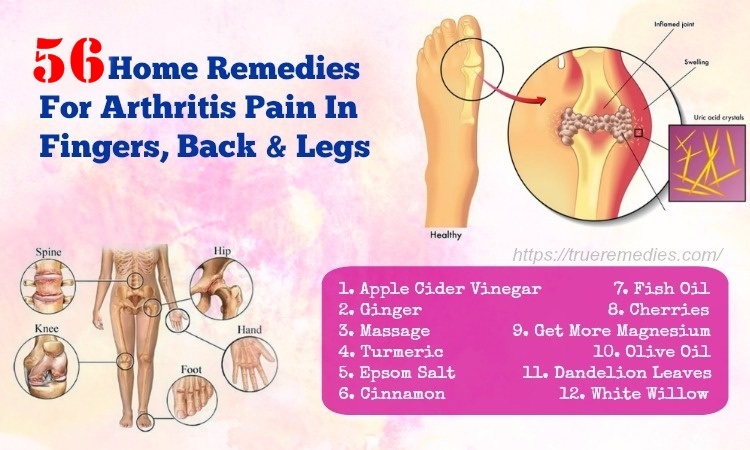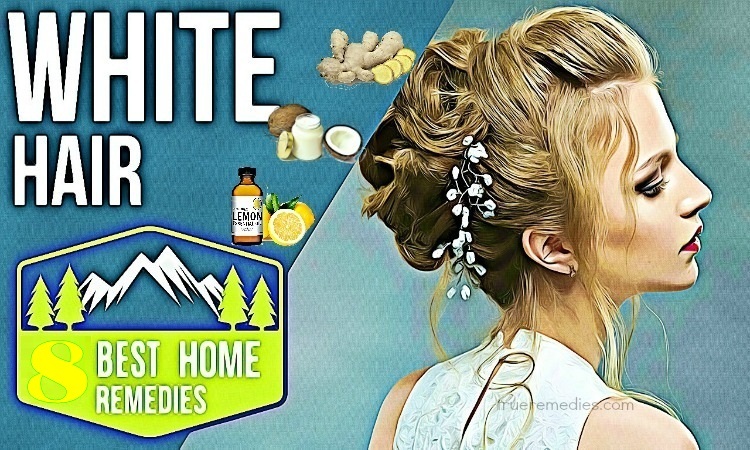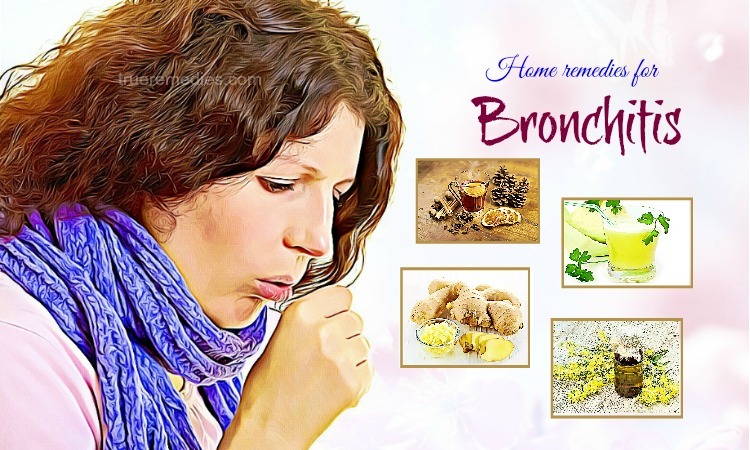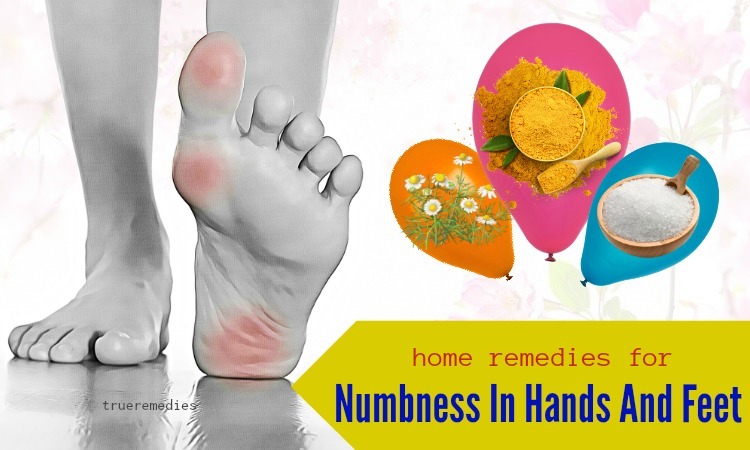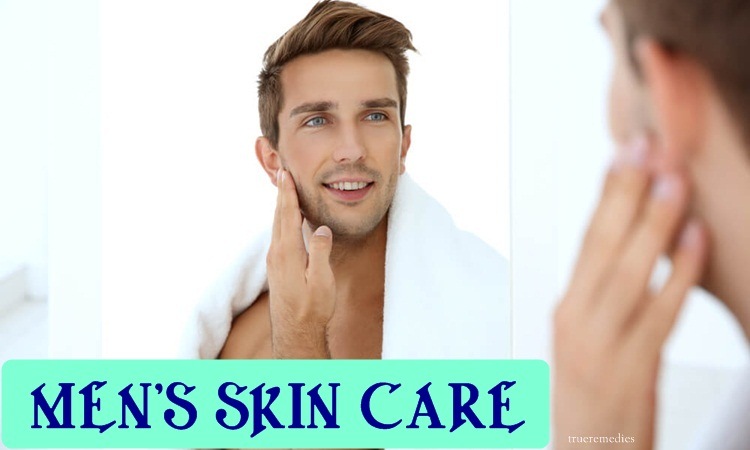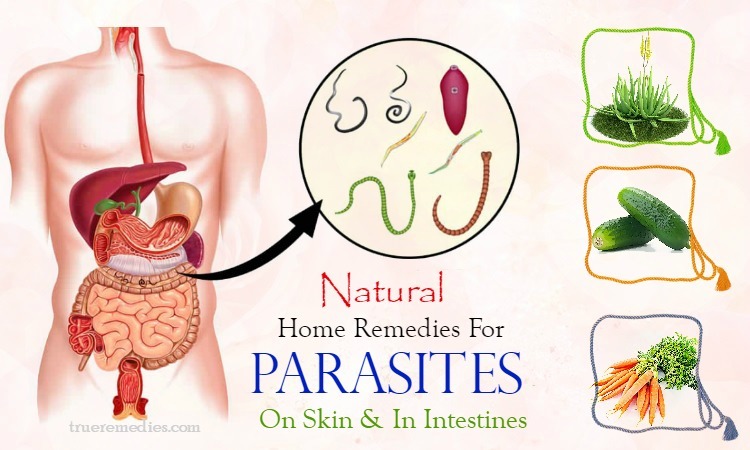Contents
Is your skin red, dry, scaly, and extremely itchy? Have you been diagnosed with rosacea? How to take care of your skin? Rosacea is thought to affect more than 30 million Americans[1]. So what is rosacea, and how to treat it? This is maybe a large concern of many people. We will bring you much useful information related to rosacea and its treatment. Keep reading this article to understand more!
- Top 21 science-backed treatments for skin fungus (This article was medically reviewed/fact checked by Millie Lytle ND, MPH)
- Top 23 natural solutions for dermatitis symptoms relief
Rosacea: Types, Causes, Symptoms, Risk Factors, And Treatments
I. What Is Rosacea?
Rosacea (pronounced roe- zay-sha) is known as a long-term inflammatory, a chronic skin condition that mainly affects the face. The nose, forehead, cheeks, and chin are also most involved. Many people misunderstand this problem with acne, skin allergy, or eczema.
Rosacea may develop in anyone at any age in many ways. However, it most commonly occurs in middle-aged women who are Caucasian or have fair skin. Moreover, it is considered as an auto-inflammatory skin problem, which is opposite to the traditional acne. Studies show that the redness can become more persistent, ruddier, and visible blood vessels may appear, even the bumps and pimples may develop if left untreated.
There are four main types of rosacea, according to the American Academy of Dermatology (AAD).
- Erythematotelangiectatic Rosacea: Is associated with flushing, redness, and visible blood vessels.
- Papulopustular Rosacea: Features swelling, redness, and breakouts that look like acne.
- Phymatous Rosacea: Thickens the skin and have a bumpy texture.
- Ocular Rosacea: Causes irritation and redness in the eyes, swollen eyelids, and make the patients look as if they have a sty.
II. Symptoms And Causes
1. Symptoms
Rosacea involves a lot of signs and symptoms, but they are usually different from person to person. Your symptoms can come and go. Generally, they may flare up for a few weeks, disappear, and then go back. These following symptoms are presented in most cases.
- Blushing: This sign can last about 5 minutes each time. The blush may spread from the face down to the neck and chest.
- Facial Redness: Rosacea often involves a constant redness in the middle part of your face. Sometimes, the small blood vessels on your cheeks and nose can swell, even become visible. This happens because of hundreds of tiny blood vessels lying under the surface of the facial skin.
- Swollen Red Bumps: Many rosacea patients can have pimples on the face, even can include pus. Your skin can feel tender and hot.
- Eye Problems: Most people who have rosacea suffer from eye dryness, swollen and irritated, reddened eyelids. In several cases, the eyes symptoms can come before the skin ones.
- Enlarged Nose: Rosacea sometimes causes the nose’s skin thick, that result in the brandy nose. This often occurs in men rather than in women.
- Pimples, Pustules, And Papules: This situation usually includes small pots, pustules, and papules appearing on the face. This occurs commonly because it is similar to teenage acne but without blackheads.
- Facial Swelling: The excess fluid and proteins leak out of the blood vessels and overwhelm the lymphatic system without draining the leakage away quick enough. This causes the fluid buildup in the facial skin.
2. Causes
The causes of rosacea are still unknown. However, it can be caused because of the combination of hereditary and environmental factors, not poor hygiene. The following factors are said to contribute to rosacea.
TrueRemedies Partner Solutions

Need a Help from the Leading Expert Online, Available 24/7?
They’re all here and ready to answer your questions online or by phone. Keep asking questions until you get the answer you need.
- Genes: Rosacea often happens with members of a family.
- Blood Vessels Problem: The redness trouble on the skin may be related to the problems of the blood vessels in your face. The skin specialists (dermatologists) say that abnormalities, including the blood vessels, can lead to persistent redness, flushing, and visible blood vessels. Sometimes, sun damage can make the condition become wider and worse.
- Mites: This is a type of tiny insect called Demodex Flliculorum. It usually lives on the skin and does not harm your skin. However, people with rosacea have these bugs more than usual. Too many insects can irritate your skin. Until now, it is still unclear whether the microbe causes rosacea, or the rosacea increases the overpopulation of the mites.
- Bacteria: There is a kind of bacteria called H. pylori living in your gut. Some studies show that this microbe can develop the amount of gastrin (a digestive hormone), which may result in the flushed situation of your skin.
- Light Skin Color: Rosacea commonly happens with those who have a fair skin of Northern European ancestry.
Besides, there are several factors that can exacerbate rosacea or even make it worse by growing blood flow to the surface of your skin. Some of these factors include:
- Hot drinks and spicy foods
- Caffeine and dairy products
- Extremes of temperature
- Humidity, sunlight, or wind
- Emotions: stress, anger, anxiety, and embarrassment
- Strong exercises
- Saunas or hot baths
- Cosmetics
- Some drugs that enlarge the blood vessels, or treat high blood pressure
- Severe medical conditions including cold, cough, or fever
III. What Can Happen If Rosacea Is Left Untreated?
Over time, people with rosacea may experience permanent facial redness. If not treated properly, the disease can spread and get worse. Some people will experience depression and anxiety due to the skin's appearance. Rosacea can be treated and controlled although there is no cure for it. The treatment of rosacea must depend on the health of each person. The goal of treatment is to manage symptoms and to improve the appearance of the skin. The skin may look better with careful treatment.
IV. How To Treat Rosacea?
There is not a special cure for rosacea, but there are a lot of treatments that you can apply to relieve the symptoms and signs. Nowadays, some kinds of medication can help to reduce redness, bumps, and other symptoms. However, you should first use the natural home remedies to treat rosacea because of their safety.
1. Chamomile Compress
Chamomile is known as a great remedy for rosacea because of the anti-inflammatory property that can help to reduce redness and inflammatory[2] [3]. What’s more, the active ingredients like flavonoids and terpenoids make the skin smoother.
Steps:
- Soak 3-6 chamomile tea bags in three cups of boiling water for about 10 minutes.
- Get rid of the tea bags and place the bowl in the fridge until the water becomes cold.
- Dip a damp cloth into the water and squeeze out excess liquid, and then put the damp cloth on your affected area for about 15 minutes.
- Apply this recipe 3- 4 times a day until you get an improvement.
Note: Remember to take a patch test before applying this because chamomile can cause allergic reactions.
2. Green Tea
The properties of anti-inflammatory, anticarcinogen, antioxidant, and Phyto protective present in green tea get on well with each other in an amazing manner to treat rosacea[4]. Green tea has a wonderful effect on reducing the skin’s reaction to the ultraviolet ray, so it helps to protect the affected area from papules and pustules.
Steps:
- Prepare 2 cups of green tea and place in the refrigerator for a half-hour.
- Soak a cloth in the tea and put on the affected skin area for a few minutes.
- Repeat this remedy twice a day for months to get the best result.
- Moreover, you should drink green tea daily. This will keep the skin hydrated and provide your body with extra antioxidants that help to quicken the healing process.
3. Oatmeal
Oatmeal possesses antioxidant and anti-inflammatory properties that may help reduce itching, redness, and inflammatory[5].
Steps:
- Mix well a half cup of powdered oatmeal and one-fourth cup of water in a bowl.
- Use this blend for the affected areas. Gently smooth the oatmeal over your skin, but not massage the skin.
- Keep it on your face for about 20 minutes
- Wash it off with cool water and tap dry your skin with a soft cloth.
- Apply this remedy twice daily for a few days.
4. Licorice
A study shows that licorice support to the decrease of redness, one of the most popular symptoms of rosacea[6]. It also contains the powerful anti-inflammatory properties that can enhance the healthy skin cells.
Steps:
- Mix a tablespoon of licorice powder, a teaspoon of honey, and a teaspoon of aloe vera gel.
- Apply this blend to your affected area.
- Keep it on for about 15 minutes, and then clean it off with warm water.
- Repeat this recipe twice a day for 4- 8 weeks.
5. Lavender Oil
Lavender oil acts as a great treatment for a lot of skin problems including rosacea, thanks to its anti-inflammatory and antiseptic properties[7].
Steps:
- Soak a cotton pad in the pure lavender oil and nicely massage it on the affected skin areas. This will ease inflammatory and make the facial blood vessels get smaller. Follow this treatment twice per day for several weeks.
- Alternatively, mix well a tablespoon of almond oil and a drop of lavender oil. Before going to bed, use this combination on the affected areas and lightly massage. Keep it on overnight and rinse it off with lukewarm water in the next morning. Apply this daily for a few weeks.
Note: Remember to do a patch test before applying because lavender oil can lead to skin irritation in some cases.
6. Honey
Honey contains powerful natural anti-inflammatory, antimicrobial, and antioxidant properties[8]. You can use honey as a great ingredient to prevent breakouts of acne and contribute to making the skin moisturized, especially for rosacea[9].
Steps:
- Lightly massage 1-2 tablespoons of raw honey on the face. Keep it on for 20 minutes, and then wash it off with warm water and use a soft moisturizer. Applying this method twice a week will help to reduce redness and inflammatory.
- You can also mix well 2 tablespoons of organic honey with a tablespoon of olive oil and two teaspoons of whole milk. Use this mixture for your face skin. Leave it on for about 10 minutes. Clean it off with lukewarm water. Repeat this remedy 1 to 3 times per week.
7. Apple Cider Vinegar
Thanks to its anti-inflammatory agents, apple cider vinegar has a wonderful effect on maintaining the body’s pH level, which plays an important role in healthy skin. Many people swear by apple cider vinegar to treat inflammatory conditions such as rosacea[10].
Method 1:
Mix a teaspoon of apple cider vinegar with a cup of filtered water and a tablespoon of honey. Drink this blend twice a day- in the morning and at night. Apply this for 6- 8 weeks, depending on your situation.
Method 2:
Add two tablespoons of apple cider vinegar to eight tablespoons of water and mix well. Use this mixture for your affected areas. Keep it on for about 10 minutes, and then wash it off with warm water. Apply this therapy once a day for two months.
8. Aloe Vera
You can use both aloe vera gel and juice as a natural home remedy of rosacea. Due to its healing and anti-inflammatory properties, aloe vera can help to rejuvenate the skin and lower redness and irritation[11]. Especially, you can use it both orally and externally.
Steps:
- Apply the fresh gel extracted from the aloe vera plant to your affected skin areas. Let it dry naturally and clean it off with lukewarm water. Repeat this remedy twice per day for 2 months to reduce the rosacea symptoms completely.
- You can also drink a tablespoon of aloe vera juice twice a day to detoxify the body and quicken the healing process.
9. Turmeric
Turmeric is an antiseptic herb with powerful therapeutic and antibacterial properties. The curcumin present in it helps to exert anti-inflammatory effects to it[12]. Applying the turmeric regularly (both externally and orally) can help to reduce the rosacea symptoms like irritation and redness.
Method 1:
Mix well a teaspoon of turmeric with a tablespoon of honey or yogurt. Apply this mixture to your affected areas as a mask after cleaning the affected skin and patting dry. Keep it on for 20 minutes before washing it off with lukewarm water. Follow this remedy daily for best results.
Method 2:
Mix a teaspoon of turmeric with a pot of warm water or milk. Drink this twice daily to enhance the whole health of the skin and lessen the rosacea symptoms.
10. Flaxseed
Flaxseed contains the anti-inflammatory along with the essential fatty acids that are necessary for reducing the signs of rosacea-like inflammation and redness, and soothe irritated skin[13].
Steps:
- Use one teaspoon of flaxseed oil three times daily on the affected skin areas to reduce inflammatory.
- You also should include flaxseed in your daily diet to keep the rosacea situation under control.
V. What Do You Need To Do
Apart from the above home remedies, you can also lessen the signs and symptoms by going on a fine diet and good habits. There are some foods that you can include in your daily diet to reduce flare-ups.
- Anti-Inflammatory Foods: They can help to reduce inflammatory and improve the immune system. They include asparagus, berries, cardamom, cauliflower, celery, coriander, cucumber, fennel, grapes, green beans, leafy greens, lean poultry meats, mango, melons, nuts, okra, pumpkins, sweet potatoes, turmeric, and zucchini.
- Foods Rich In Healthy Fats: These foods can help to calm redness and soothe gritty and dry eyes in adults who have rosacea. Some foods contain flaxseed, salmon, ghee (butter).
- Foods Balance Gut Biome: If you contain foods that can help enhance good bacteria in your body, it will have powerful effects on reducing rosacea signs. In several cases, rosacea is said to be triggered by the imbalance of the microorganisms that live in our gut and on our skin. These have in the fiber-rich foods, probiotics, and prebiotics. They are low-fat yogurt, cultured non dairy cheeses, soymilk, soy cream cheese, pickled vegetables and fruit, beet juice, unsweetened pineapple juice, unsweetened grape juice, cabbage juice, sauerkraut, bananas, raw and cooked onions, raw leeks, raw artichokes, raw asparagus, raw garlic, chicory root, dandelion greens, kale, lentils, whole grains (oats, barley, amaranth, sprouted wheat).
- Alkaline Water: Hydrogen is an important element for the generation of skin cells. Oxygen also plays a key role in the body. However, rosacea patients often lack hydrogen and oxygen, which cause redness, blushing, and many other signs of rosacea. Alkaline water is a great choice that can boost the pH level of the body. You should combine alkaline water with nutritional food items to get the best results, do not depend on only water.
Besides, you also need to plan some good habits to control rosacea.
- Build up a routine to release your anxiety and stress that can cause rosacea flare-ups.
- Have a food diary to decide and remove trigger or allergen foods from the diet.
- Use sunscreen regularly, or whenever going outside to protect rosacea flare-ups from UV rays or sun exposure.
- Stay in the shade instead of the direct sun.
- Avoid some certain drugs such as topical steroids, beta-blockers, and vasodilators.
- Prevent wind and cold from your skin with the scarf, hat, and a face mask, but ensure that the materials do not irritate the skin.
VI. What Do You Need To Avoid?
There is no certain diet for rosacea sufferers, but there are some food items that they should avoid or even eliminate from the diet.
- Triggers Foods: They are considered as the most common criminals of rosacea. Avoid these foods can help to get good health and soothe rosacea signs. These include refined sugars, sugary foods, white flour, fried foods, processed meats, carbonated drinks, artificial sweeteners, food preservatives, and additives.
- Alcohol: Even a very small amount of alcohol can trigger symptoms, such as redness and flushing. They are wine, hard liquor, champagne, bourbon, gin, vodka, and beer. Besides, hot drinks such as tea, coffee, hot cider, and hot cocoa can elicit rosacea outbreaks. This is not due to caffeine, but because they cause the high temperature for the body.
- Spicy Foods: According to a medical paper, spicy foods worsened the signs up to 75 percent of adults suffering from rosacea. Capsaicin including in spicy foods can harm the affected skin areas because provide “heat”. You need to avoid all kinds of pepper, jalapenos, hot sauce, chili oils, paprika, mustard, horseradish, cloves, cumin, fenugreek, and ginger.
- Cinnamaldehyde Foods: Cinnamaldehyde results in the warming sensation that may trigger the rosacea signs. It is included in several foods such as cinnamon, tomatoes, citrus fruits, and chocolate.
- Histamine-Increasing Foods: Histamine is known as a natural element in the body, which can produce skin flushing, redness, and swelling. Some food items that have histamine or cause the body to release more histamine include avocado, aged cheese, anchovies, dried fruits (apricots, dates, prunes, figs, raisins) eggplant, goat cheese, mackerel, nuts (cashews, peanuts, walnuts), papaya, pineapple, sardines, spinach, shellfish, sour cream, and tuna.
Moreover, if you do exercise, outdoor or indoor, treat yourself and your face to a cool temperature at the end of the session. For rosacea patients, working out can increase the symptoms. Therefore, you had better change the routine, in a shorter segment instead of a long session. Additionally, during your exercise, drink a lot of water and use a cool cloth to cover your face. Generally, you should exercise in cool weather.
VII. What To Do To Prevent It From Recurrence?
Until now, rosacea still cannot disappear forever; thus, if it reduces the redness and irritation, you should still maintain the habits and diet to improve the situation. Apart from that, you can follow these habits to prevent rosacea from recurrence.
- Use A Gentle Cleanser: You should find a liquid facial cleanser that has disodium lauryl sulfosuccinate or sodium lauryl sulfate. These elements will wash your skin nicely without any stimulation.
- Soothe The Skin With Chamomile: Known as a powerful herb to soothe rosacea-prone skin, you should use cleansers, moisturizers, and soaps containing chamomile. However, if you are allergic to ragweed, avoid this.
- Avoid Abrasives: Any kind of abrasion can lead to a flush. Thus, avoid abrasive products, such as scrubs, cleansing powders, and buff puffs.
- Use The Minimum Amount Of Wrinkle Cream: An anti-aging cream often contains alpha hydroxy acids, be cautious. Read the product labels carefully, and choose the cream that has the percentage of acid under 2.5%. Apply it once a day, even stop using the product if there is redness.
- Apply Nicely A Cucumber Moisturizer: After cleansing your skin, you should use a moisturizer containing cucumber extracts. Although no one knows the reasons, cucumber lotion soothes rosacea-prone skin.
- Choose Cosmetics For Sensitive Skin: Because the chemicals included in most cosmetics will irritate rosacea-prone skin, you should apply only cosmetics that are for sensitive skin.
- Stay In The Shade: Remember to stay out of the direct sunlight because the sun can set off an outbreak.
- Use Only A Titanium Dioxide Sunscreen: In spite of the shade, you are still exposed to the indirect sun. So, do not forget to apply sunscreen wherever you go outside. It is best to use a sunscreen that has titanium dioxide as its main ingredient.
- Stay Cool: As you know, heat is the major cause of rosacea outbreaks, dress in light clothing that can keep your body cool whenever you are. Besides, take showers and baths that are not too hot. It is good for you to avoid wool because it can make you too warm and tend to cause redness and rashes.
VIII. When To See A Doctor?
If you realize the persistent redness on your face, nose, and cheeks, you should go to the doctor or a dermatologist (skin specialist) as soon as possible for a diagnosis and proper treatments.
Now, we have no clinical test for rosacea. When you go to see doctors, they will reach a diagnosis after checking the sufferer’s skin and ask some triggers and symptoms. Besides, the appearance of enlarged blood vessels will contribute to the physician to separate it from other skin problems.
Early diagnosis and subsequent treatment significantly reduce the risk of rosacea, prevent it from being permanent. In conclusion, you need to make an appointment with the doctor if having any signs and symptoms.
We have given some useful information about what is rosacea, along with some natural home remedies to treat it. Don’t forget to comment in the box below and let us know what you think. Welcome! The content available in this post is provided for educational and informational purposes. Therefore, you should consult your doctor before applying any method.
References:
https://www.mayoclinic.org/diseases-conditions/rosacea/symptoms-causes/syc-20353815
https://www.webmd.com/skin-problems-and-treatments/understanding-rosacea-basics#3
https://www.medicalnewstoday.com/articles/160281.php
https://www.healthline.com/health/skin/rosacea#outlook
https://www.top10homeremedies.com/home-remedies/home-remedies-rosacea.html
https://www.healthline.com/health/rosacea-natural-treatments#lifestyle-changes
http://www.womenshealthmag.co.uk/beauty-style/skin/7827/rosacea-diet/
https://www.healthline.com/health/rosacea-diet#foods-to-avoid
https://www.peashealth.com/rosacea-and-diet-the-connection-what-to-eat-and-what-to-avoid/
https://www.prevention.com/beauty/skin-care/a20448984/best-rosacea-symptoms-and-treatments/
https://www.rd.com/health/conditions/skin-care-routine-rosacea/
https://www.everydayhealth.com/rosacea/avoiding-rosacea-triggers.aspx

